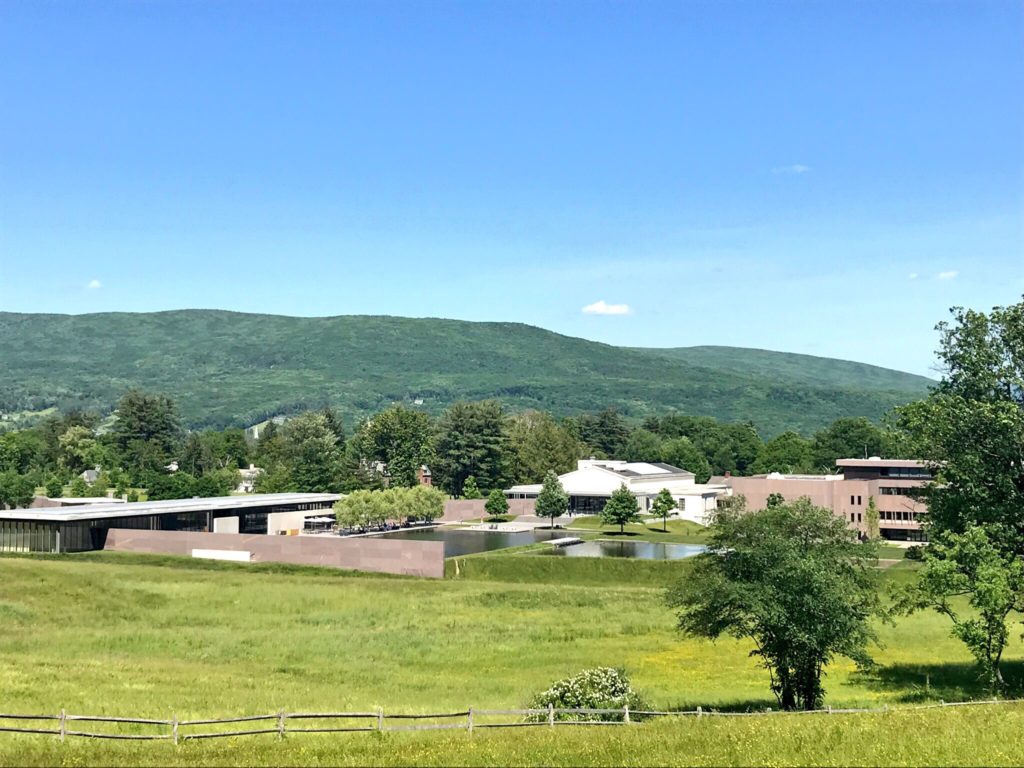
The Clark Art Institute viewed from one of its mountain trails.
The Clark Art Institute, nestled in the Berkshires in Williamstown, Massachusetts, has four summer exhibitions: “Women Artists in Paris, 1850-1900,” “The Art of Iron,” “A City Transformed: Photographs of Paris, 1850-1900,” and “Jennifer Steinkamp: Blind Eye,” the first two shared here from a June visit.
“Women Artists in Paris, 1850-1900”
Each of the featured 33 female artists has her story, but striking similarities run throughout those, primarily, each woman’s commitment in relocating to the Parisian artistic epicenter to develop her talent and to connect with other artists. In 1857, the School of Fine Arts (Ecole des Beaux-Arts) opened its doors to women, creating an unprecedented opportunity. Whether the women were students at the school or protégés of great artists as Berthe Morisot was of Camille Corot, their collective style had a profound influence on Realism, Impressionism, and later, Symbolism.
Works in each room revolve around themes like “The Art of Painting,” “The Lives of Women” and “Picturing Childhood”. Themes such as “History and Everyday Heroism” marked departures from traditional subjects for female artists. Some of the artists like the crowd-pleasing Mary Cassatt and Morisot are familiar names today, the equally successful Rosa Bonheur, a Swiss artist, who favored realism in her painterly style, perhaps less so, though she was also the daughter of a well-known artist Oscar-Raymond Bonheur. New for this visitor were the Scandinavian artists like Anna Archer, Denmark, and Elin Danielson-Gambogi and Ellen Thesleff, Finland. Many of the artists continued to paint after returning to their home countries, a number teaching to support new, young artists. Some found encouraging partners in marriage, others discovered that painting was not complementary to domestic life. A common thread is that most of them found a way to continue to do what they loved. For a complete list of the artists, visit Women In Paris.
A successful Danish artist, Anna Archer, lived in the northern artists’ colony Skagen, with her painter-husband Michael. At the time Anna began her career, the Royal Danish Academy did not admit women, which led to her discovery of the works of Vermeer abroad, an influence here in “The Harvesters,” 1905, where she depicts a family.
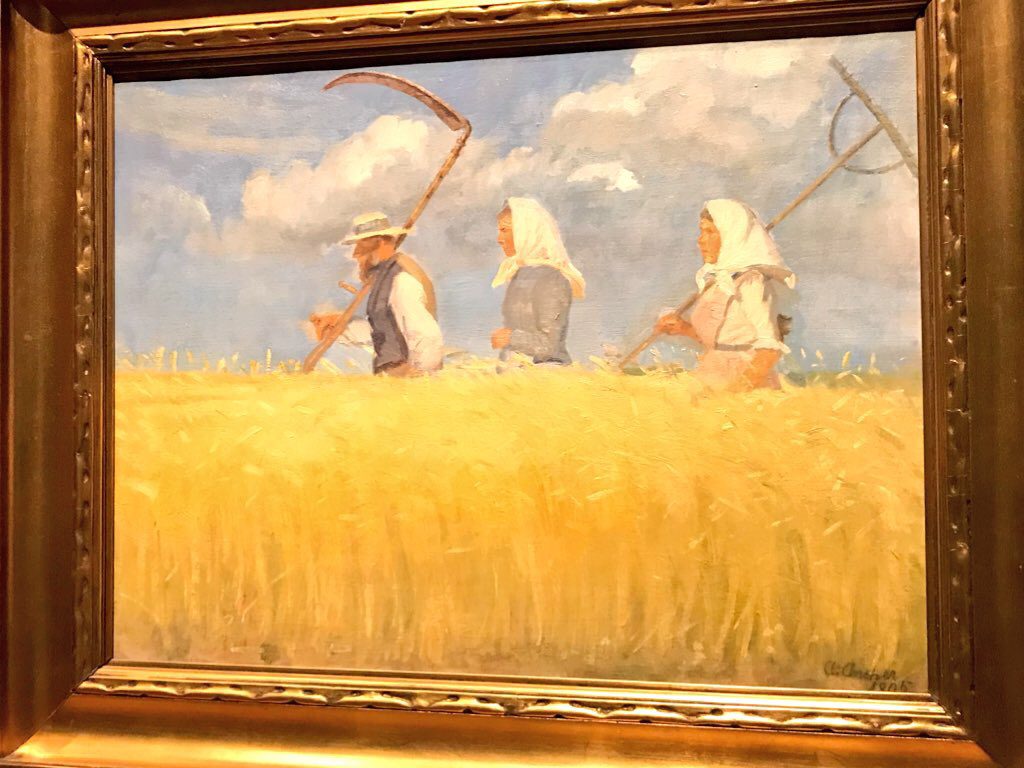
In the innovative “History and Everyday Heroism,” this military portrait by Eva Gonzales inspired by Edouard Manet’s “The Fife Player of 1866” is striking.
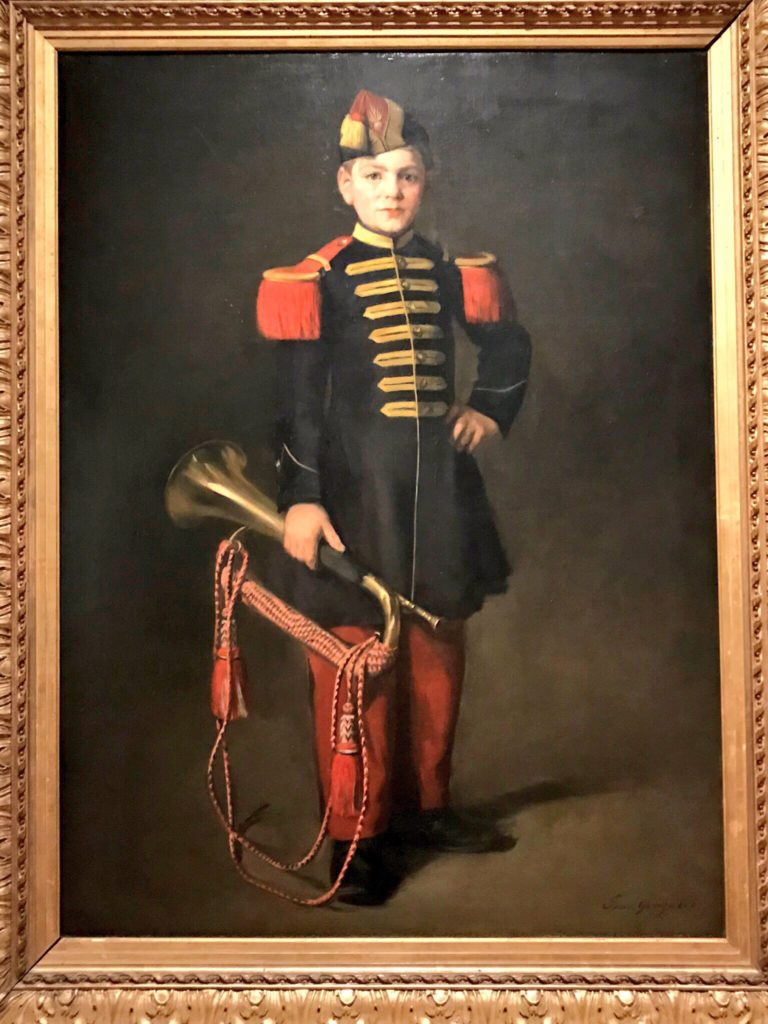
Berthe Moriset, French, Impressionist scenes were often from daily life. Here are her husband and daughter: “The Lesson in the Garden,” 1886.
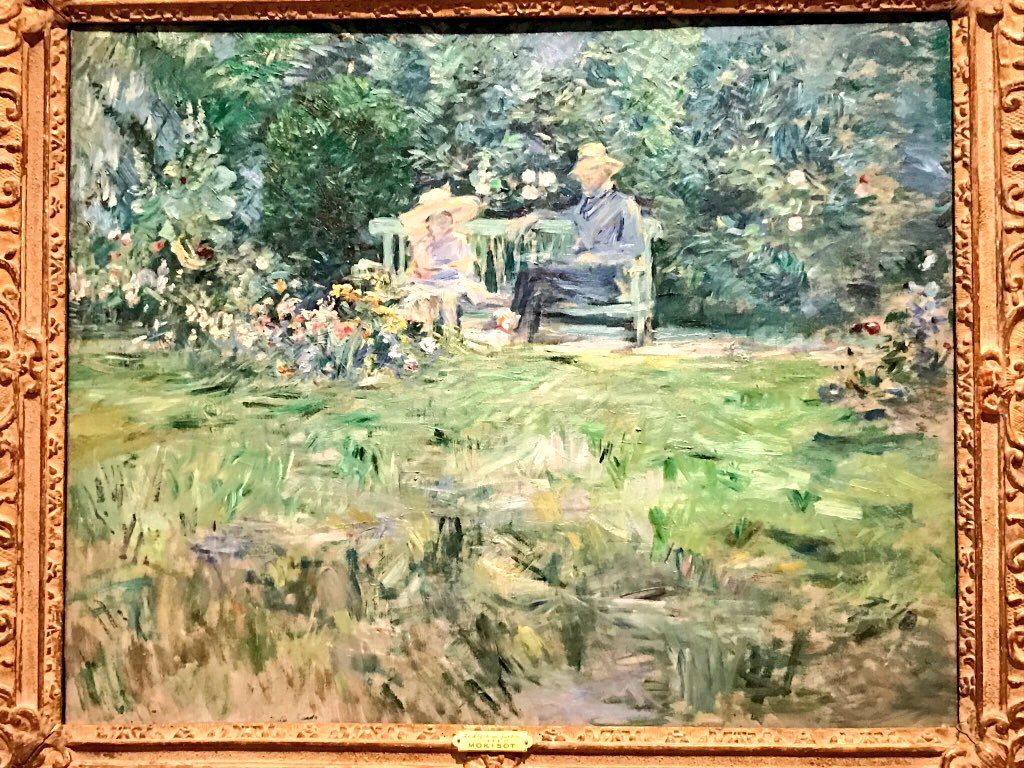
Mary Cassatt, “The Reader,” 1877:
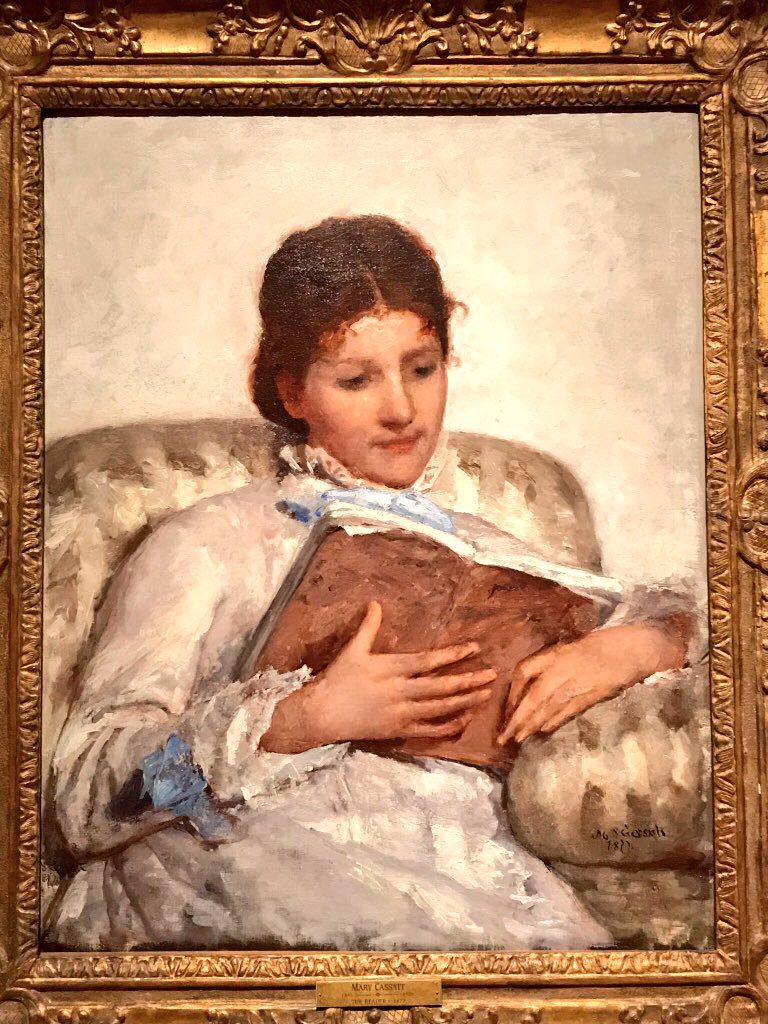
Elin Danielson-Gambogi, part of the Finnish “painters sisters” generation along with Helen Schjerfbeck, painted “Girl and Kittens in a Summer Landscape,” 1892.
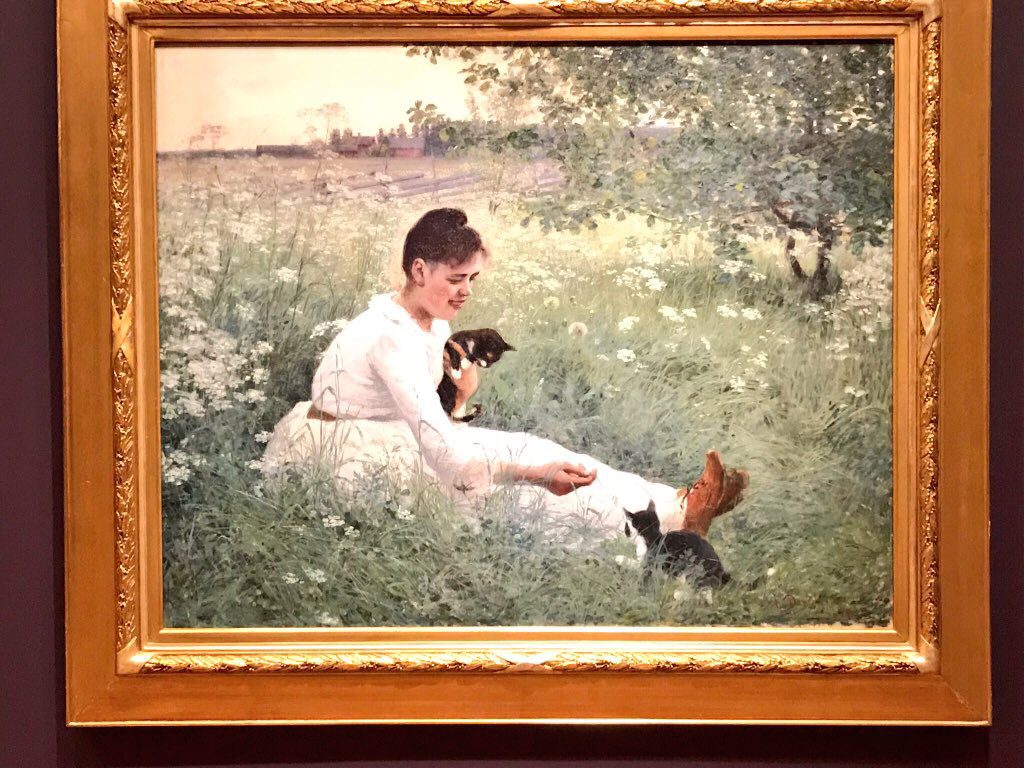
Ellen Thesleff, “Echo,” 1891, in which a young girl finds her voice

Notable American painters were among the group. Elizabeth Nourse, Cinncinati, Ohio, detail from “A Mother,” 1888. The depiction of a working class mother and child was a bold statement at the time.
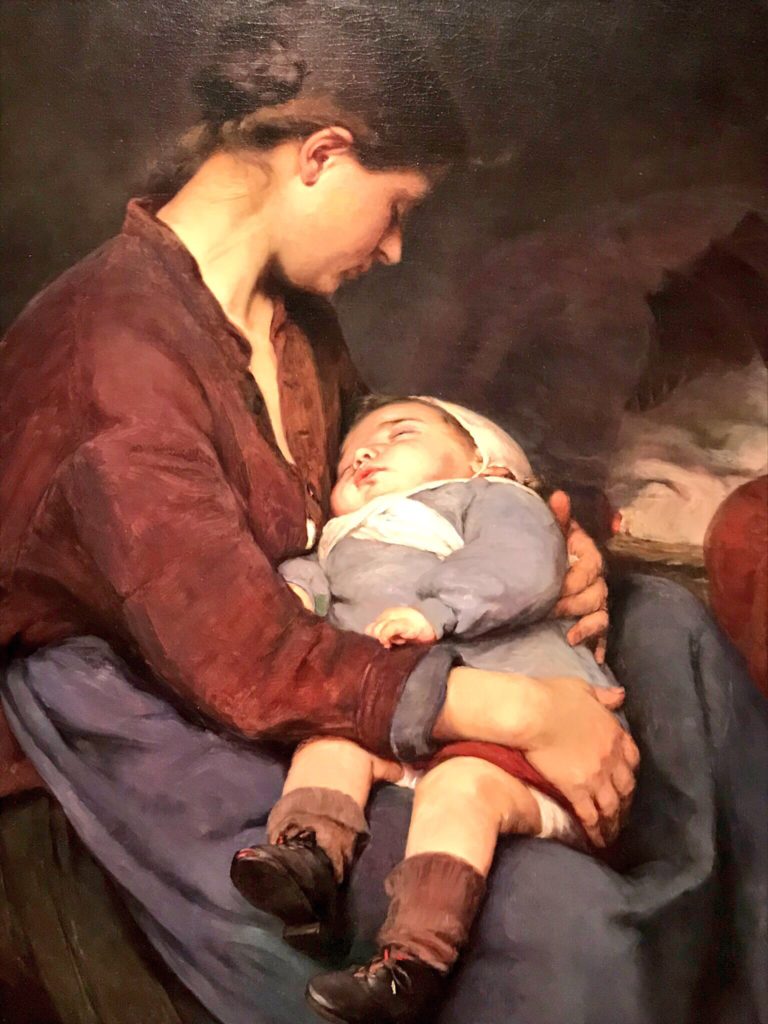
And self-portrait, 1892.
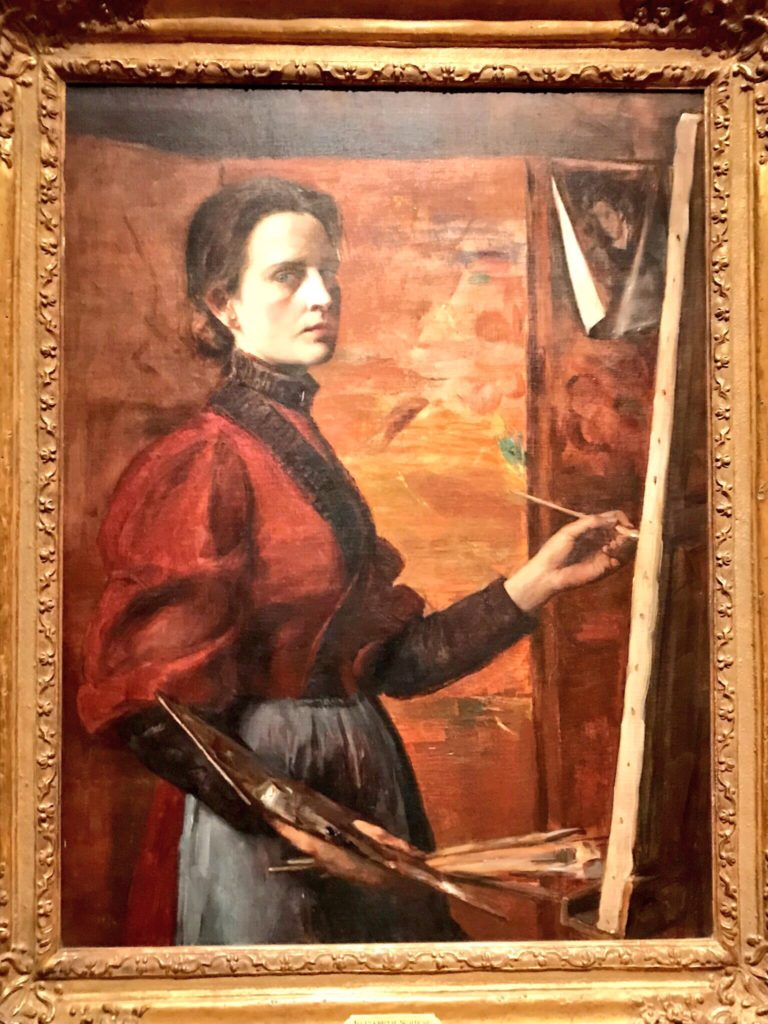
“Ernesta (Child with Nurse)”, 1894, by Cecelia Beaux, both student and instructor at Pennsylvania Academy of Fine Arts.
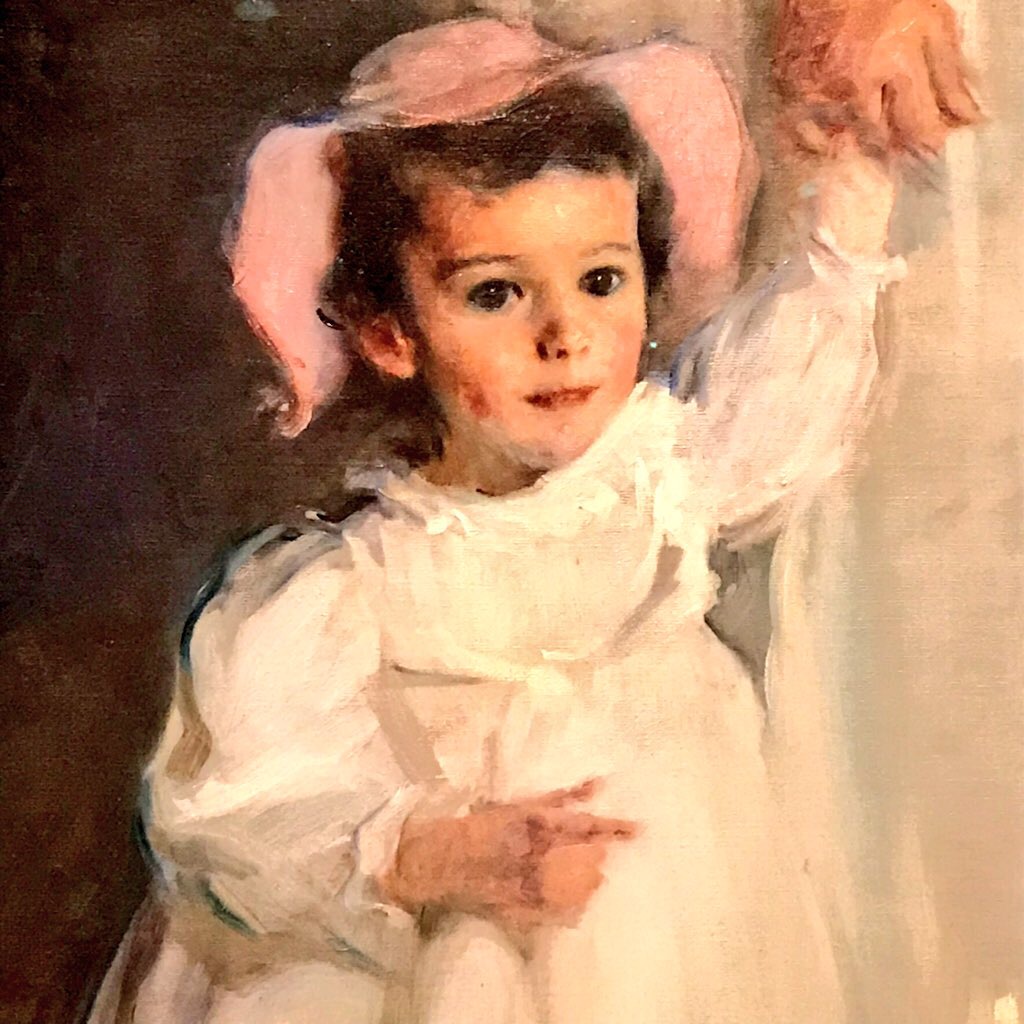
Lilla Cabot Perry, from Boston, Masschusetts and Hancock, New Hampshire: “Open Air Concert,” 1890.

Rosa Bonheur, painted by her partner Anna Elizabeth Klumpke, San Francisco.
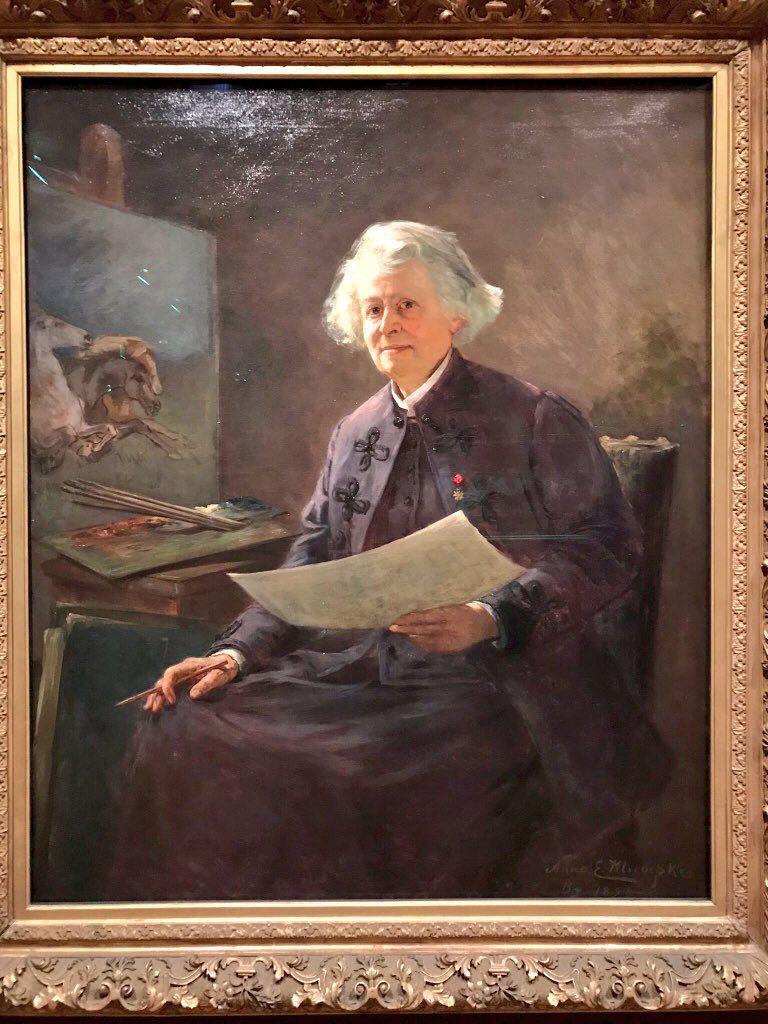
“The Art of Iron, Objects from the Musee Le Secq Des Tournelles, Rouen, Normandy”
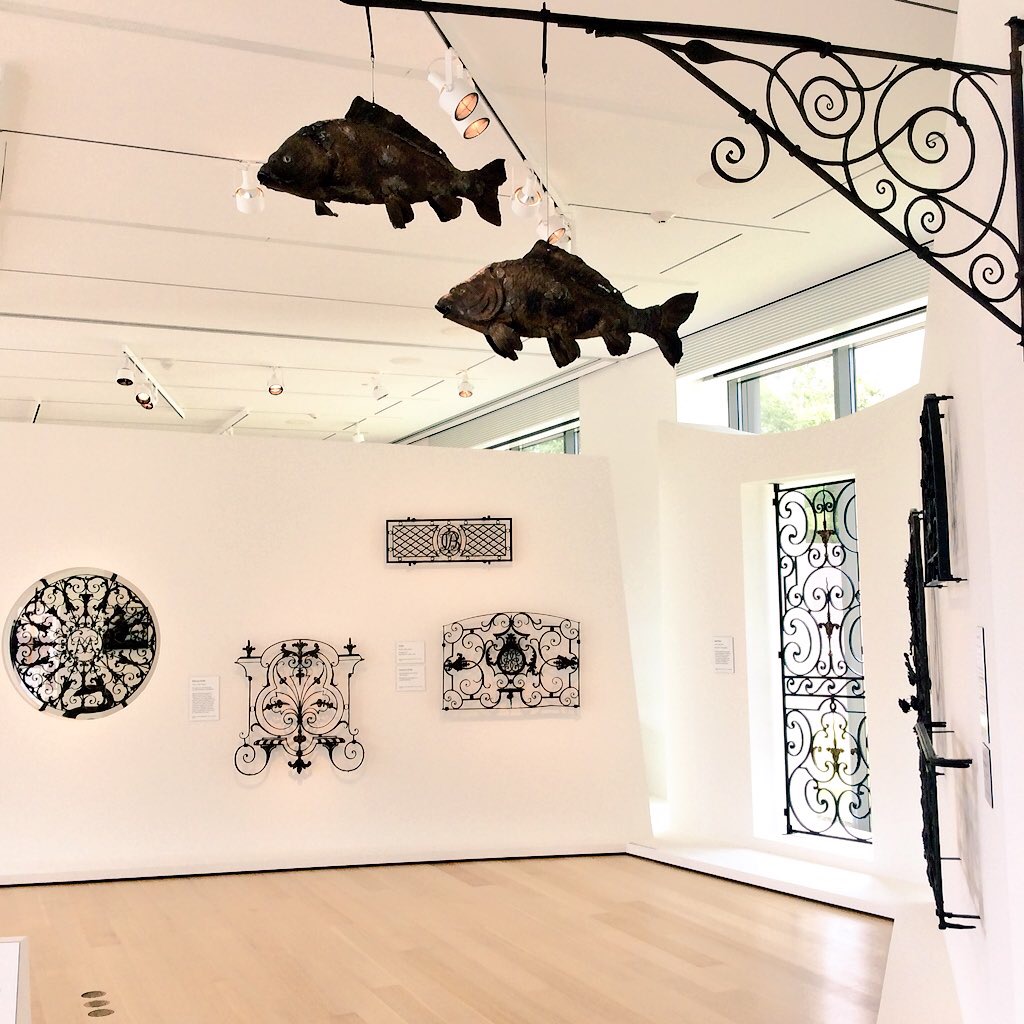
As the exhibit notes, at a time when many people could not read, ironwork signs for shops had a practical purpose. Pictured in the forefront of the exhibit is “At the Two Fish,” 1750-1800, from Alsace. The details and craftsmanship of these works for everyday raise these works to an artistic level. One person who appreciated this was artist and photographer Jean-Louis Henri Le Secq Destournelles, 1818–1882, who began to collect these often cast aside wrought iron works in Paris. His son Henri continued this, ultimately donating their collection to the city of Rouen in Normandy, France, where they are on display in a former Gothic cathedral converted into a museum.
Both The Clark Art architecture and nature contribute to showcasing the works.
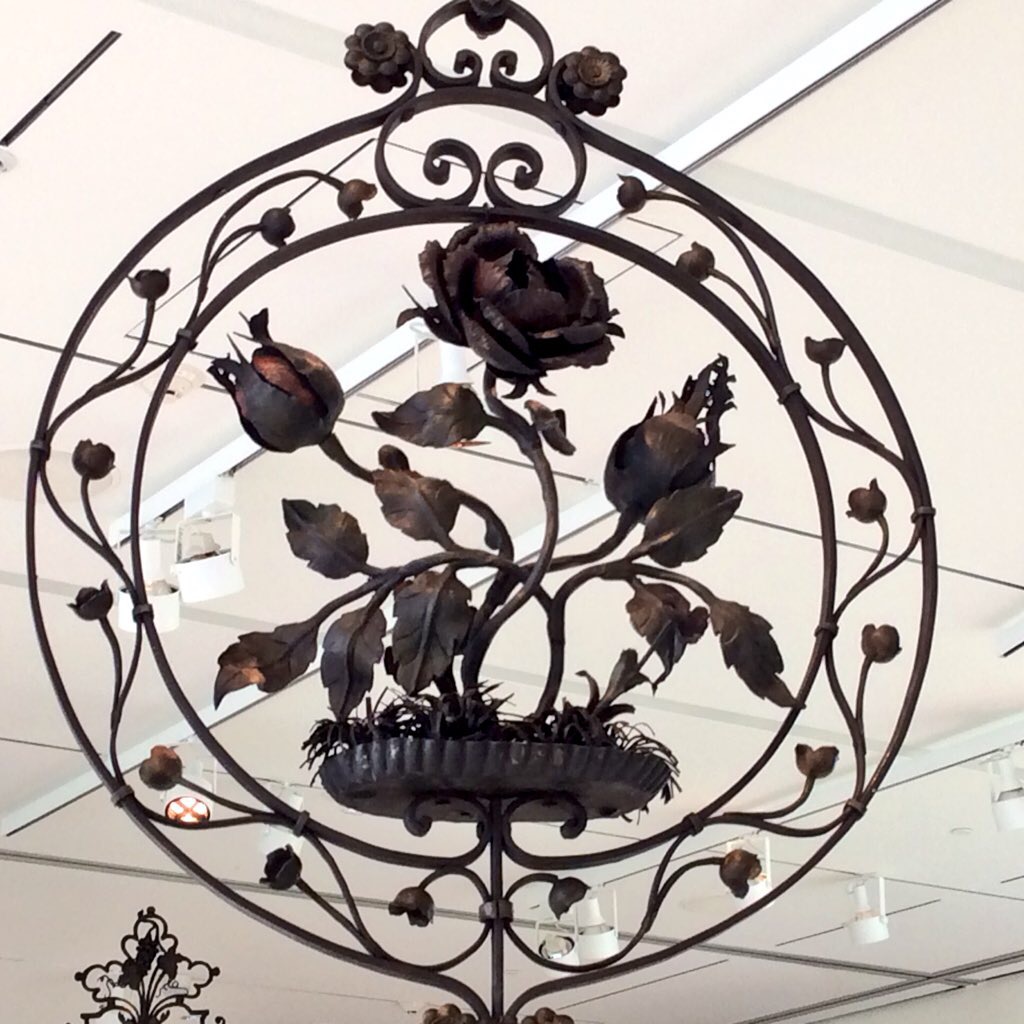
“Work lovingly done is the secret of all order and all happiness.” A few months ago, The Clark posted this wonderful quote by Pierre Renoir that describes fulfillment in art and life. The shared artist’s spirit that transcends gender and life station as seen in “Women Artists in Paris: 1850-1900” and “The Age of Iron” resonates with visitors. For more information, visit The Clark.
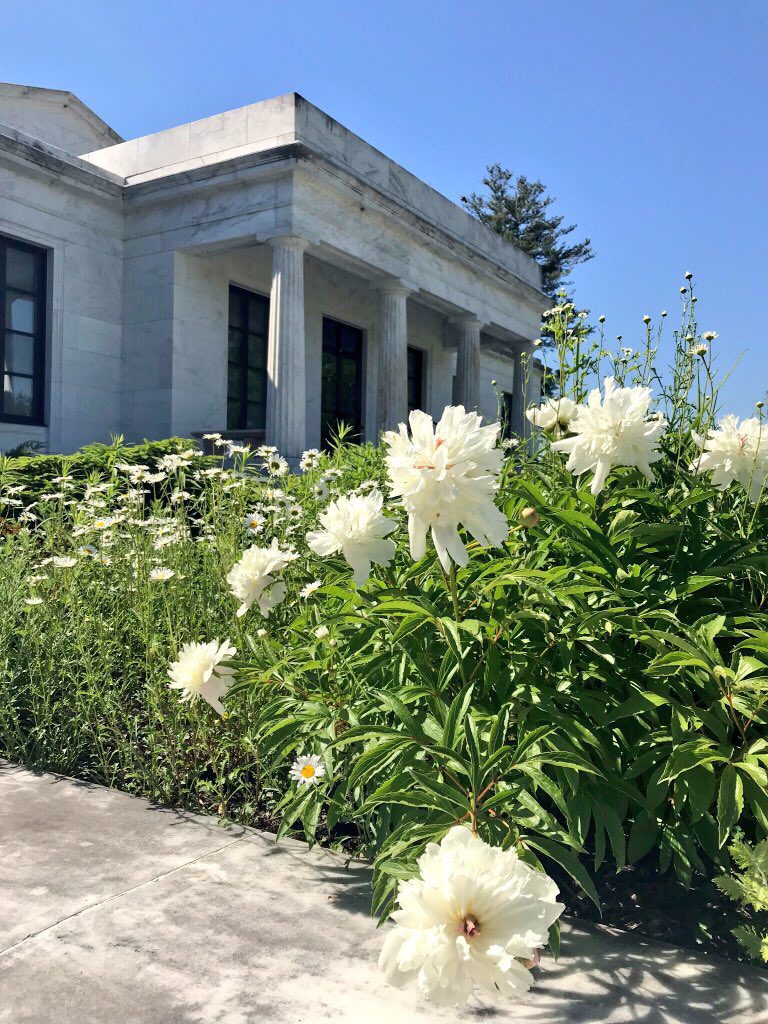
Museum Building
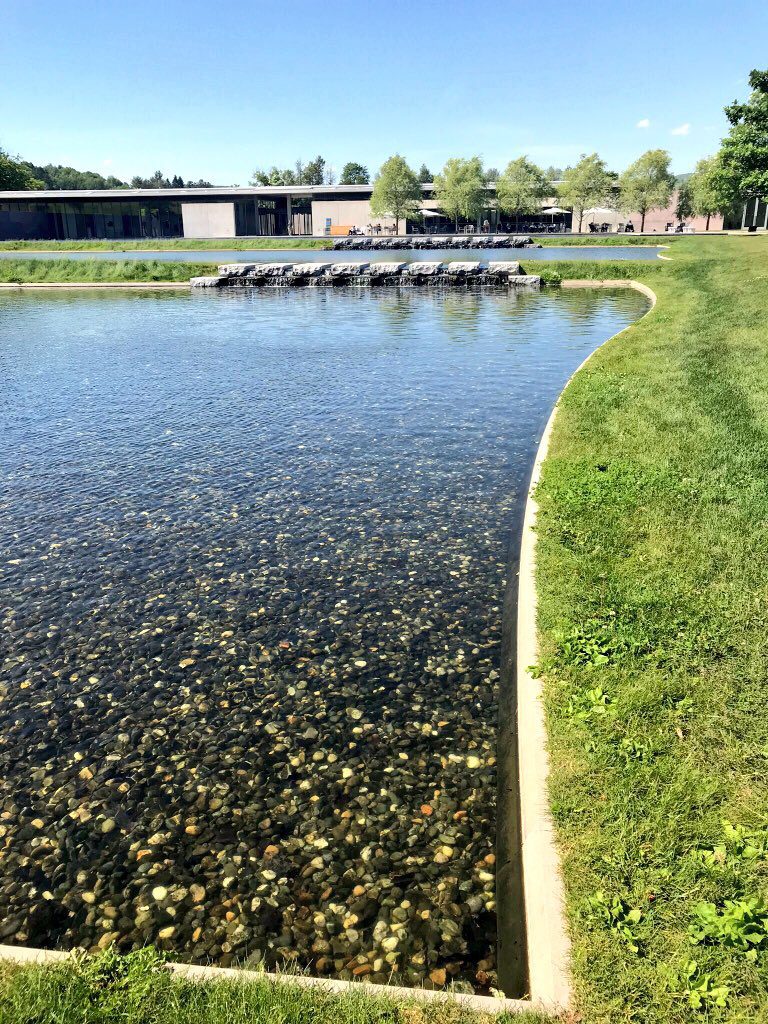
Campus reflecting pools outside Clark Center
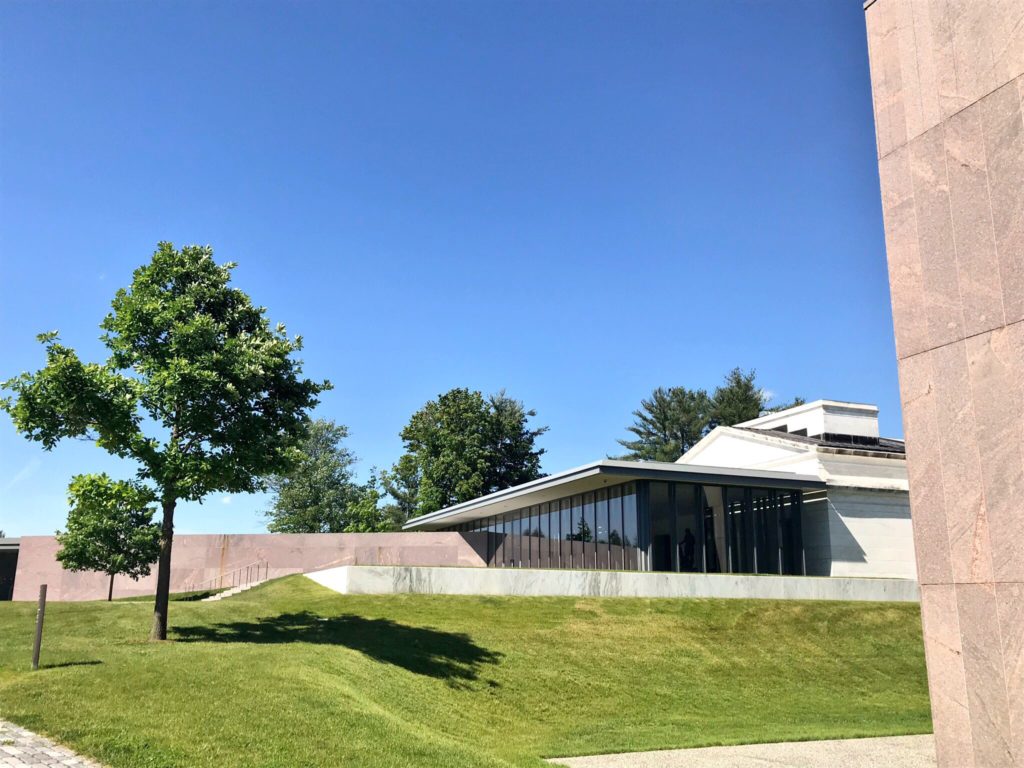
Museum Building extension

Campus life: outside Manton Research Center
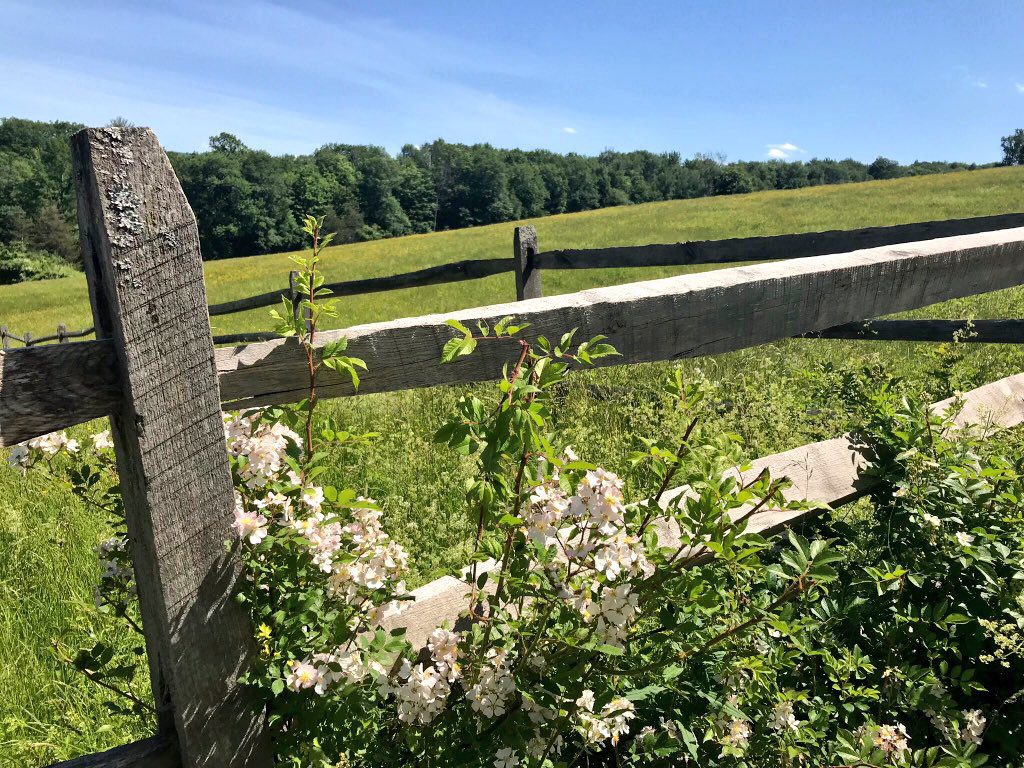
On the way up the hillside
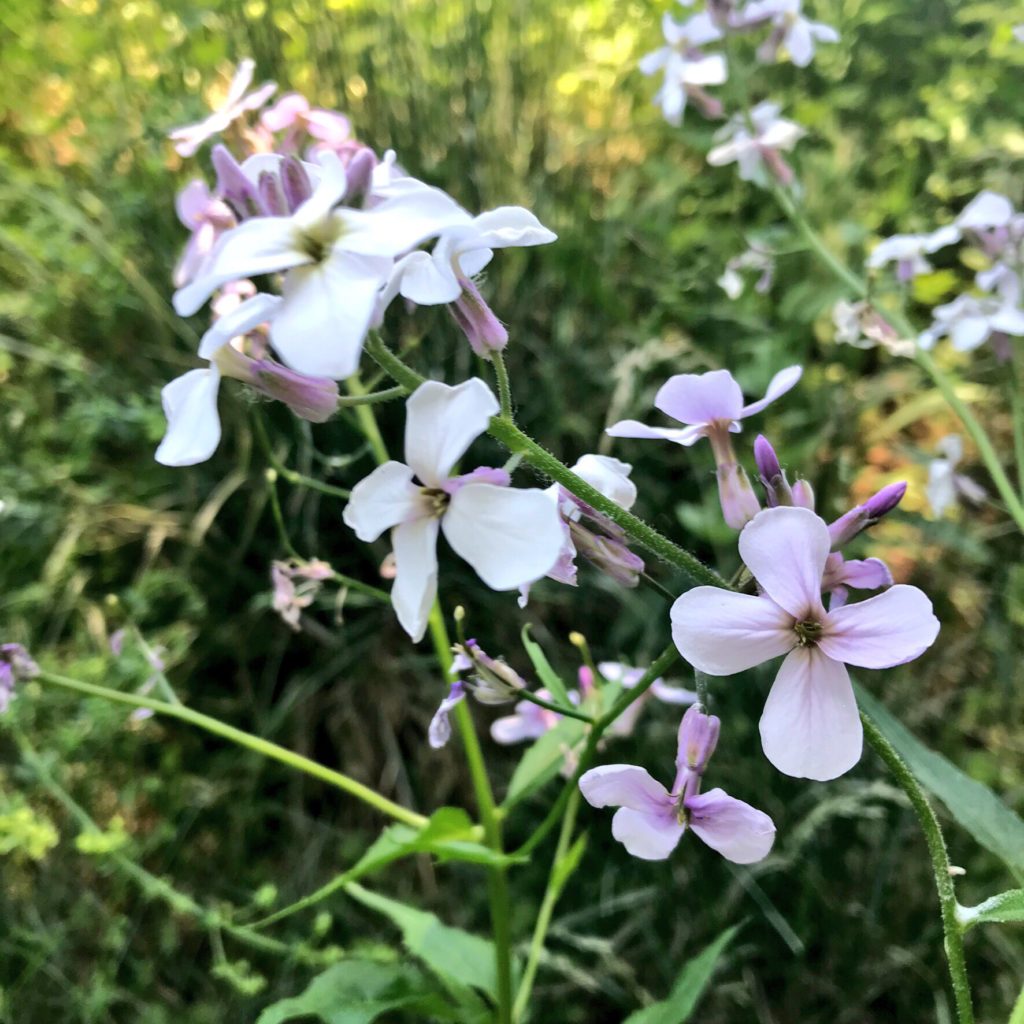
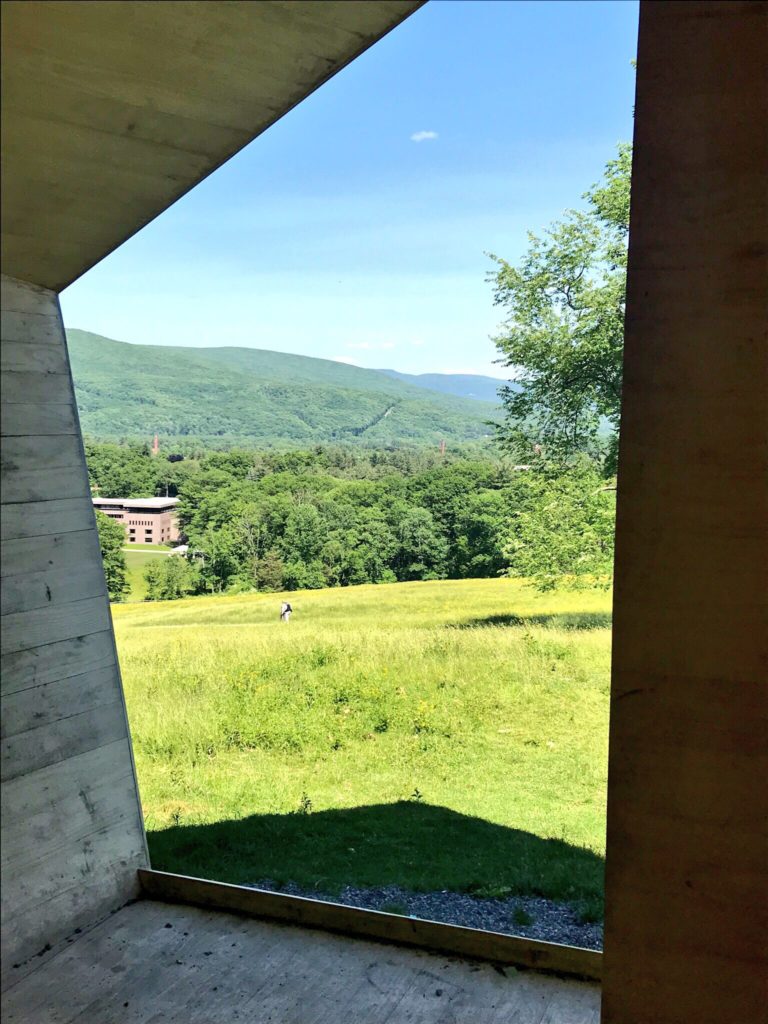
View from artist Thomas Schutte’s Crystal
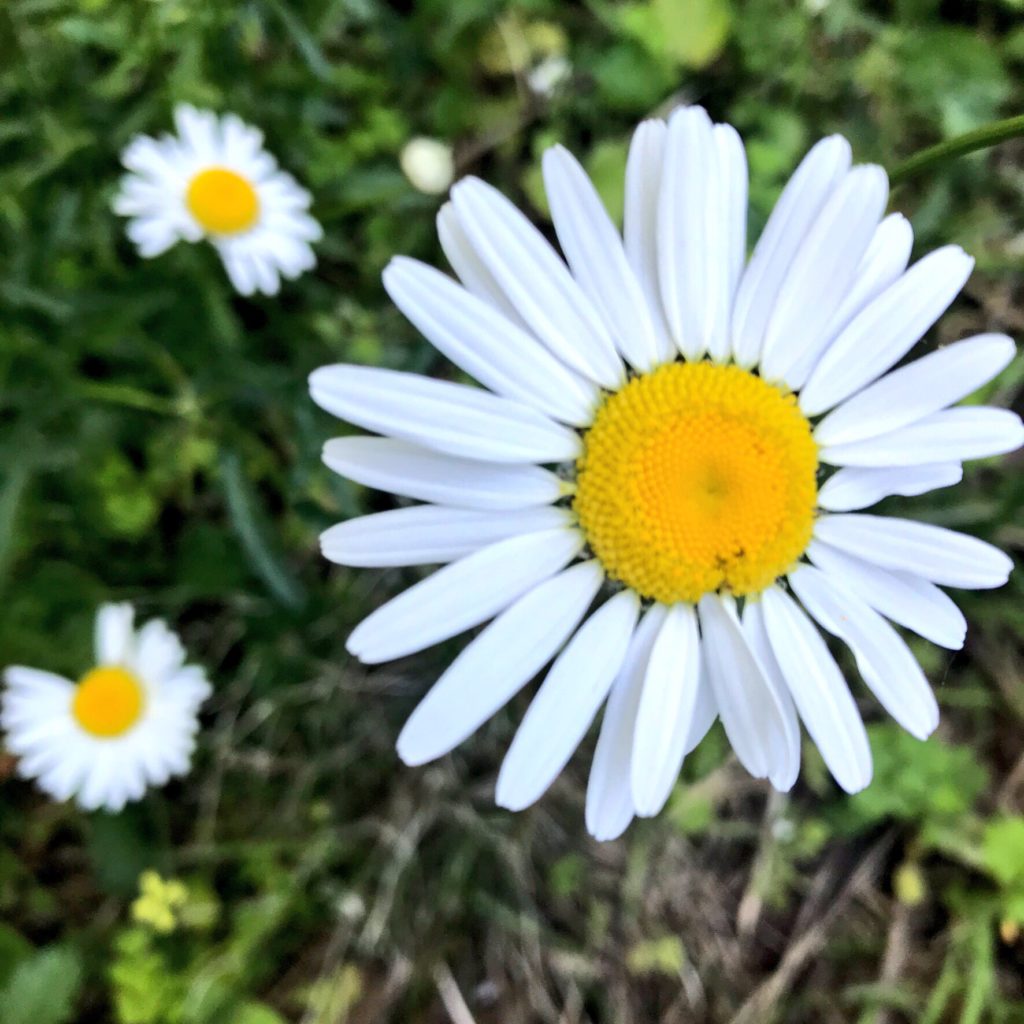
“Work lovingly done is the secret of all order and all happiness.” Pierre Renoir
 (Photo credit: “Apples in a Dish”, The Clark)
(Photo credit: “Apples in a Dish”, The Clark)
The Clark grounds, referred to as the “campus” are beautiful with trails to enjoy as part of the visit. “Women Artists in Paris: 1850-1900” is through September 3rd and “The Age of Iron” is through September 13th. (Sources: Clark Art, Wiki)
“‘Work Lovingly Done’: Two Exhibits at The Clark” All Rights Reserved © 2018 Kathleen Helen Levey

Comments are closed.